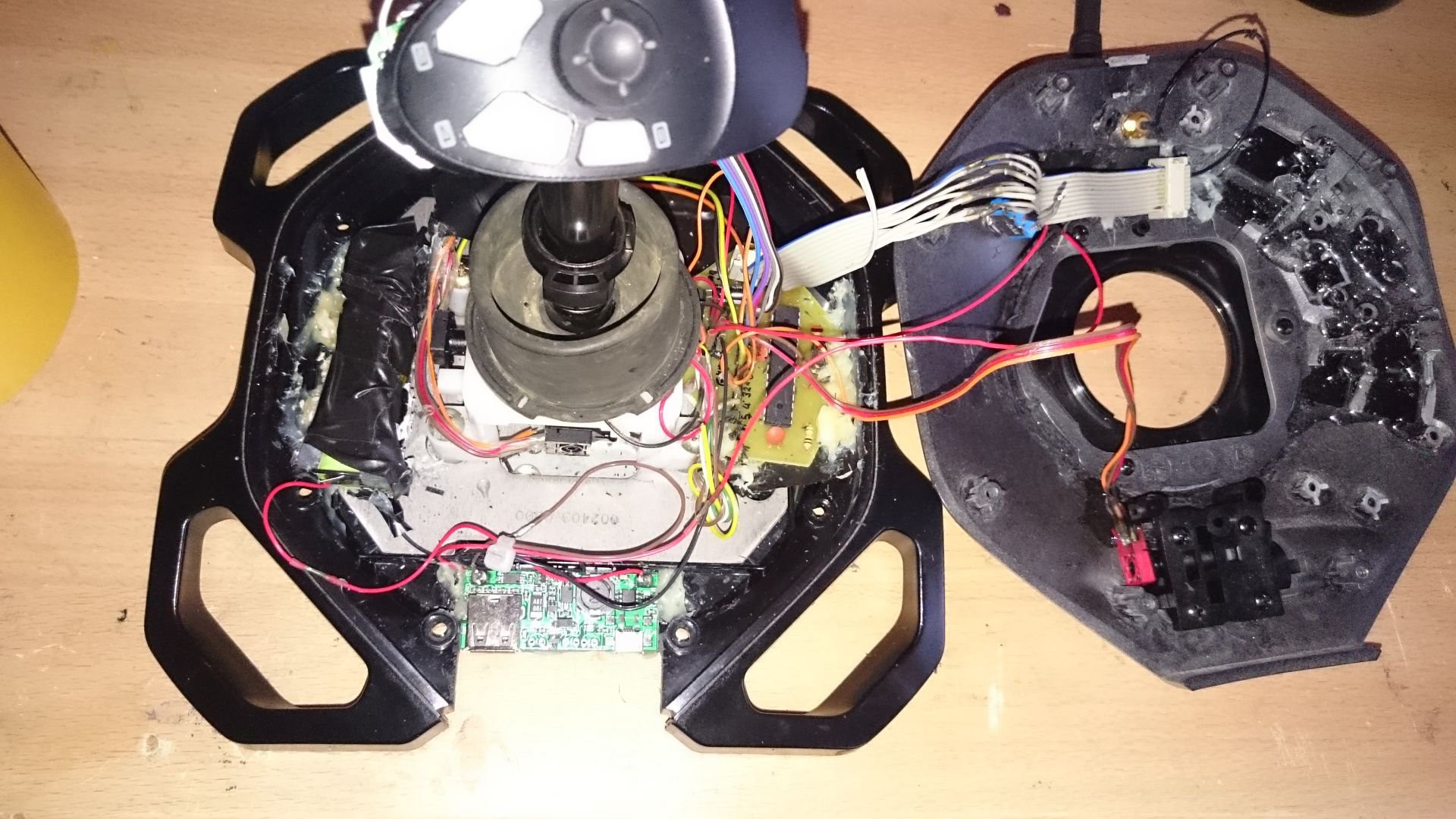


- #Controlair rc transmitter software#
- #Controlair rc transmitter Pc#
- #Controlair rc transmitter license#
For this you will need a charged battery in the model, the receiver accessible (remove the lid etc) and charged batteries in the transmitter. The majority of transmitters that arrive bundled with models come pre-bound (already connected) to their respective receivers, but should you ever need to replace components in the package, you will need to follow these steps to rebind them. These systems are incredibly robust, resistant to interference and provide impressive range despite their compact external antennas. Modern digital radio systems employ direct sequence or automatic frequency hopping technologies to distribute their transmissions over a wider selection of frequencies (or in the case of frequency hopping, completely different channels) in the 2.4Ghz spectrum. The days of using narrow-band 27/35/40 Mhz crystals (with their propensity to interference) are thankfully behind us. To remotely operate your model a robust wireless data link needs to exist between your hand controls and the model. On sets with a third or fourth channel, this tend to be reserved for remotely operating lights or a winch. Traditionally channel one would be connected to your steering servo and channel two linked to your speed controller to control the throttle. These devices tend to be more expensive and aren't as intuitive to use for novices. Highly configurable (and adjustable) these controllers feature two input 'thumb/joy' sticks that provide a two-dimensional input. Stick transmitterĭrone pilots and RC enthusiasts of a certain age will be more familiar with stick controllers. Whilst not always suited to left-handed operators, when it comes to controlling RC cars, the trend has moved towards this style of transmitter thanks to the compact, ergonomic profile and self-centering rotating steering input. Typically the batteries are held in the butt of the handle for weight balance. The trigger operates the throttle whilst the wheel mounted on the side is in charge of the steering. When it comes to remotely controlling your RC car there several options available, but by far the two most popular ones are: Pistol Grip transmitterĪs the name suggests, these have a 'hand-gun' style layout. In this article we take a look at the variations out there, how they work and how they can be adjusted to get the most from your car. Starting with a good system makes the next step easier, rather than starting from scratch.Remote controller, transmitter, radio controller, whatever you call them they are core to the enjoyment of any model. Once you have a working system at your desired frequency, then you might want to improve on it. You can often find suppliers by searching for keywords such as "RC", "50MHz", "75MHz", "transmitter", and "receiver". They can be special ordered, or found from online retailers. You can find transmitters and receivers that work across that range from RC retailers, though it's unlikely that local stores will stock Amateur Radio band RC equipment. The RC community has already created a channel list for all the available frequencies:
#Controlair rc transmitter license#
License free users can only use frequencies in the 27MHz and 72MHz bands. RC frequencies are located at 27MHz, 50MHz, 72MHz, and 75MHz. The RC community has determined standard frequencies and uses the same modulation and protocols as on other license free bands, so as long as you follow their guidelines you can get equipment off-the-shelf that allows you to use your general license to access RC frequencies that are uncluttered by other unlicensed users. There are two amateur radio bands in the US the FCC sets aside for line-of-sight remote control for planes and surface craft (boats, cars, etc). I recommend you don't reinvent the wheel. More info on that can be found online, for instance this site: Essentially you send digital pulses of varying lengths, and the length of each pulse determines the value of the control. If you wanted something more old-school and analog, you could implement a protocol like the RC transmitters use.
#Controlair rc transmitter software#
I would favor a digital approach like I described above, but I'm a software guy.
#Controlair rc transmitter Pc#
If you want something that doesn't require a PC on the transmitter side, there are a lot of options to connect a USB joystick directly to a Arduino type micro controller. Both have cheap hardware available, are relatively easy to integrate with electronics (via a microcontroller such as an arduino), and operate on frequencies which you have extra privileges with your ham license.ĭepending on what you are wanting to control, it would be fairly easy to control via software on a PC or tablet, you could even connect a game controller.

I would strongly consider a Zigbee or 802.11 based approach.


 0 kommentar(er)
0 kommentar(er)
